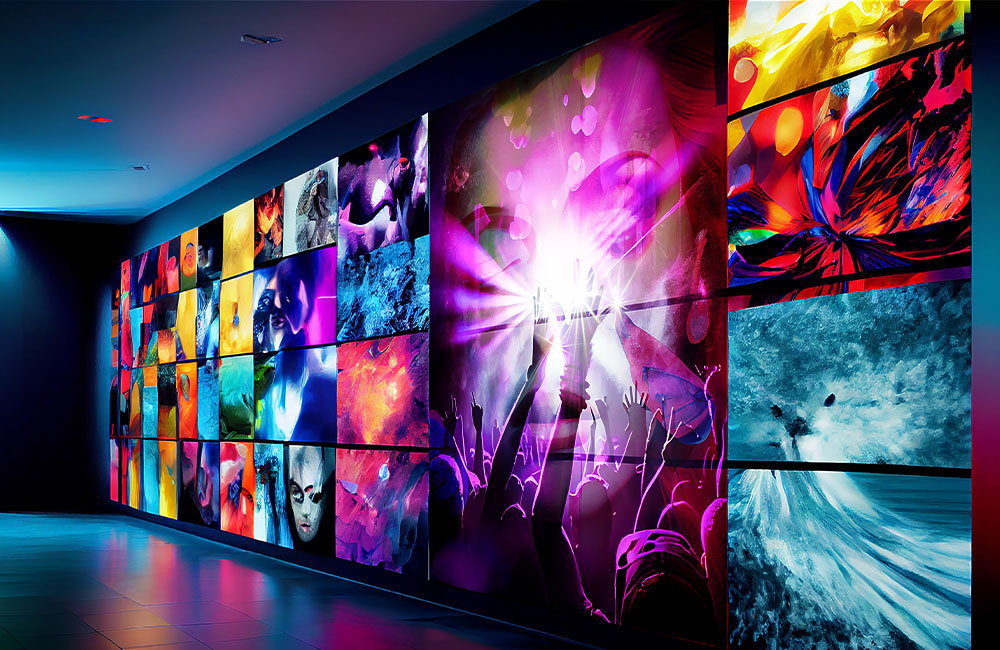Perfecting Hue Precision in LED Display Calibration for Stunning Visual Presentations
Perfecting Hue Precision in LED Display Calibration for Stunning Visual Presentations
Blog Article
Color accuracy is crucial for producing breathtaking graphic presentations, particularly when employing LED screens. These large displays are frequently found in locations like music venues, athletic arenas, and advertising billboards. When the colors on an LED wall are not accurate, the images can look dull or warped, which can impact the overall impression for viewers. Therefore, perfecting color accuracy in LED screen calibration is crucial for achieving vibrant and true-to-life visuals.
The first step in ensuring color accuracy is understanding how LED systems works. LEDs, or light-emitting diodes, generate light in various shades by mixing red, green, and blue (RGB) light. Each pixel on an LED screen is made up of these three hues. When calibrated correctly, the combination of RGB can produce a broad range of hues. However, if one color is too bright or too dim, it can throw off the entire display. This is why calibration is needed to equalize the hues and reach the desired visual effect.
Calibration involves adjusting the configurations of the LED screen to ensure that the colors shown correspond the original material as nearby as possible. This process typically includes using specific software and hardware instruments. Technicians often use color assessment devices, such as color meters, to analyze the colors being shown. By contrasting the measured colors to standard color values, they can make exact modifications. This guarantees that the colors are not only lively but also uniform across the entire display.
Another important factor of color accuracy is understanding the environment in which the LED screen is used. Elements such as ambient light can significantly affect how hues appear. For example, a well-lit lit room may fade colors, making them look not as vibrant. To counteract this, technicians may adjust the luminosity and contrast settings of the LED wall. Additionally, they may choose particular color settings that are more suited for various lighting conditions. This flexibility helps maintain color precision regardless of the observing surroundings.
Finally, regular maintenance and re-tuning are crucial for keeping an LED wall looking its finest. Over time, the performance of LEDs navigate to this web-site can change due to elements like degradation and temperature fluctuations. Frequent checks and adjustments can help guarantee that the hues remain correct and lively. By committing time in appropriate calibration and upkeep, venues can offer audiences with stunning visual displays that improve their overall experience. Perfecting color accuracy in LED wall calibration is not just a mechanical task; it is an art that adds to the wonder of visual narration.